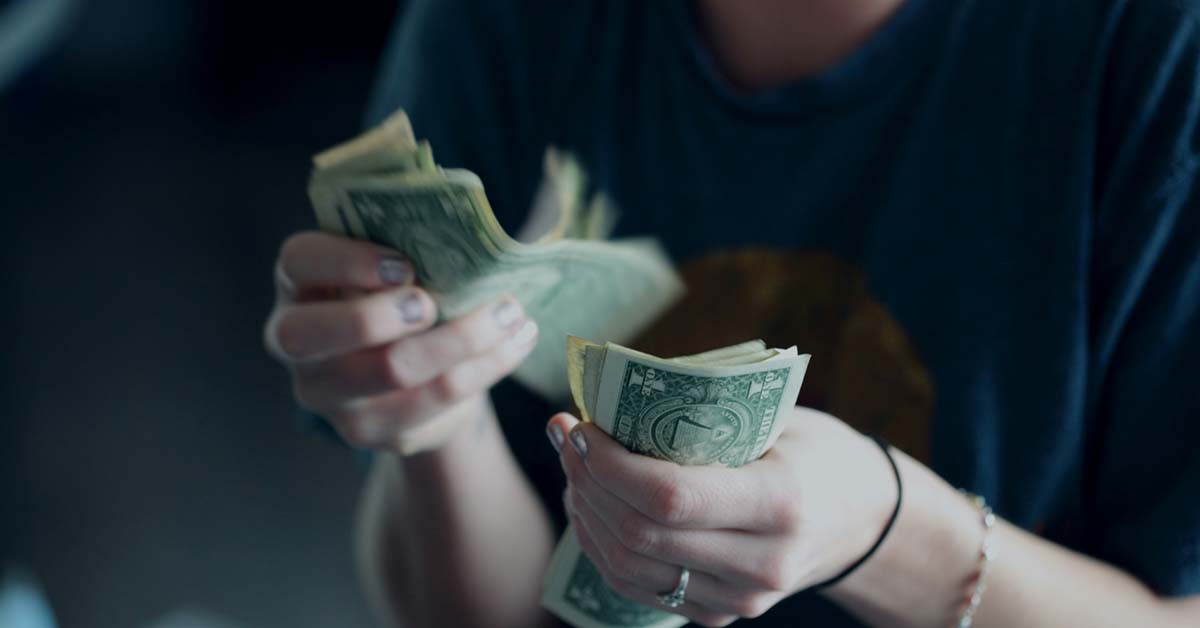Planning for retirement can feel like solving a puzzle with a million pieces. But don’t worry! We’re breaking down two of the most popular retirement savings plans: the IRA and the 401k. Think of them as tools for building a solid financial future. Let’s dive in and figure out which one—or both—could be your perfect match.
Understanding IRAs and 401ks
What is a 401k?
A 401k is a retirement savings plan offered by your employer. It allows you to contribute pre-tax dollars, reducing your taxable income. Many employers also offer matching contributions, which is essentially free money towards your retirement.
What is an IRA (Individual Retirement Account)?
An IRA is a retirement savings account that you open yourself, typically through a bank or brokerage. Unlike a 401k, it is not tied to your employer, offering you more control over investment choices.
Key Differences: IRA vs. 401k Side by Side
| Feature | 401k | IRA |
|---|---|---|
| Who Offers It? | Your employer | You, at a financial institution |
| Contribution Limits | Higher limits | Lower limits |
| Employer Matching | Often available | Not available |
| Investment Choices | Limited to employer-selected funds | Wide range (stocks, bonds, ETFs, etc.) |
| Withdrawal Rules | Both have early withdrawal penalties and Required Minimum Distributions (RMDs) |
Contribution Limits: How Much Can You Save?
401k Contribution Limits (2024)
- Higher limits than IRAs.
- Allows for a much quicker rate of retirement savings.
IRA Contribution Limits (2024)
- $7,000 if you’re under 50.
- $8,000 if you’re 50 or older.
- A 401k is generally better for those who want to save larger amounts for retirement.
Types of IRAs: Traditional vs. Roth
Traditional IRA
- Contributions might be tax-deductible.
- Withdrawals in retirement are taxed as income.
Roth IRA
- Contributions are made with after-tax dollars.
- Qualified withdrawals in retirement are tax-free.
Which One Should You Choose?
- If you expect to be in a lower tax bracket in retirement, a Traditional IRA may be better.
- If you think you’ll be in a higher tax bracket in retirement, a Roth IRA could be the best option.
401k Basics: Maximizing Your Employer Match
How to Make the Most of Employer Matching
- Always take the full match: If your employer matches 50% of your contributions up to 6%, contribute at least 6% of your salary.
- Automatic enrollment: Many companies now automatically enroll employees in 401ks, making it easier to start saving.
Investment Options: Choosing Wisely
401k Investment Options
- Typically include mutual funds and target-date funds.
IRA Investment Options
- A wider range of choices, including individual stocks, bonds, and ETFs.
Tips for Beginners
- Start saving early, even if it’s a small amount.
- Take full advantage of employer matching in your 401k.
- Consider both a Roth and a Traditional IRA.
- Diversify your investments.
- Rebalance your portfolio periodically.
Troubleshooting Common Retirement Savings Problems
Problem: Not sure how to choose investments?
Solution: Consider target-date funds, which automatically adjust your asset allocation as you approach retirement.
Problem: Struggling to save enough?
Solution: Set up automatic contributions and gradually increase them over time.
Making the Decision: Which One Should You Choose?
- If your employer offers a 401k with a generous match, start there.
- If you want more investment flexibility or don’t have a 401k option, consider an IRA.
- Best strategy: Utilize both! Max out your 401k contributions (at least to the employer match amount), then contribute to an IRA.
Conclusion
Understanding the differences between an IRA and a 401k can feel overwhelming. But by learning how these accounts work, you’re taking a huge step toward securing your financial future. Rather than choosing one over the other, consider how both can work together to help you reach your retirement goals.


